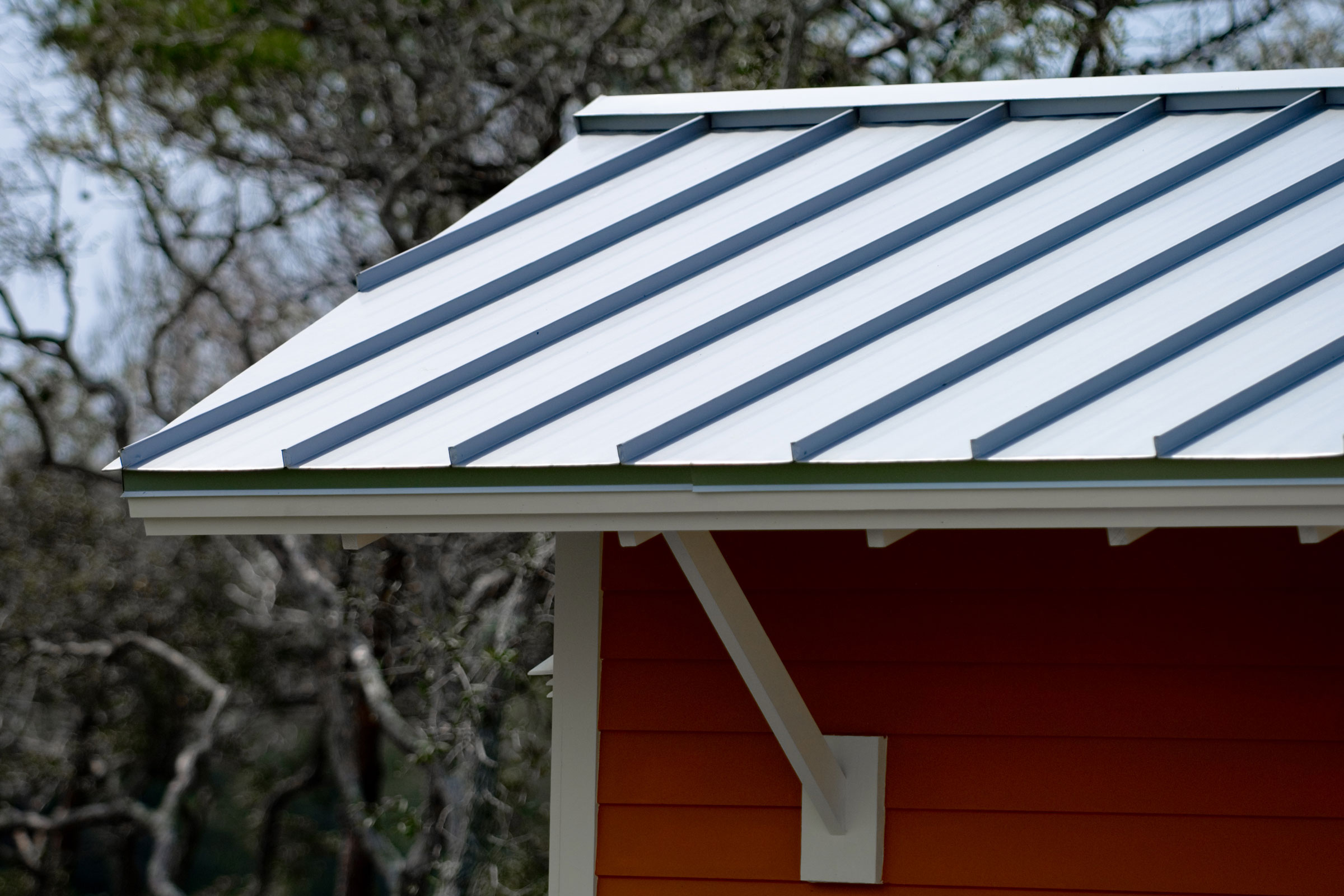Roof inspections are essential for figuring out potential points and guaranteeing the longevity of your roof. Regular inspections may help detect problems early, preventing costly repairs or replacements down the road. Here are some frequent methods and steps for conducting a roof inspection:
Visual Inspection:
a. Exterior Inspection:
Start by examining the roof from the ground using binoculars or by safely climbing onto a ladder to get a better look.
Look for visible indicators of harm, similar to missing or damaged shingles, curling or buckling shingles, or unfastened or deteriorated flashing round roof penetrations.
Check for particles, moss, algae, or lichen development on the roof, which may indicate moisture-related points.
Inspect the gutters and downspouts for granules from shingles, as excessive granule loss can sign shingle put on.
b. Interior Inspection:

Go into the attic or crawl area and inspect the underside of the roof deck for indicators of leaks, moisture, or water stains.
Look for daylight coming through cracks or holes within the roof deck, which may point out roof injury.
Check for indicators of insulation harm, mildew, or mildew growth, which may end result from roof leaks.
Roof Walk:
a. If Metal Roof Replacement is safe to do so, stroll on the roof floor to inspect it up close.
b. Be cautious and put on acceptable security gear, similar to non-slip sneakers and a security harness if needed.
c. Look for any delicate or spongy areas, which might indicate underlying injury.
d. Check for unfastened or broken roofing materials, as nicely as signs of damage and tear.
Moisture Detection:
a. Use a moisture meter to detect hidden moisture within the roof construction and insulation.
b. Moisture detection may help determine leaks or areas of potential water intrusion that is most likely not visible.
Drone Inspection:
a. Drones geared up with cameras can present a comprehensive view of the roof floor without the necessity for direct bodily access.
b. A drone inspection may be especially useful for bigger or hard-to-reach roofs.
Professional Inspection:
a. Consider hiring knowledgeable roofing contractor or inspector to conduct an intensive inspection.
b. Professionals have the expertise, tools, and expertise to identify issues that is in all probability not apparent to a home-owner.
Documentation:
a. Document your findings with pictures and notes to create a record of the roof's condition.
b. This documentation could be helpful for tracking modifications over time and for insurance claims or repairs.
It's essential to carry out roof inspections regularly, ideally no less than annually, and after extreme climate occasions like storms. Additionally, should you're not comfortable or confident in your ability to perform a roof inspection safely, it's advisable to rent a professional roofing skilled to make sure a radical and accurate assessment of your roof's situation..
